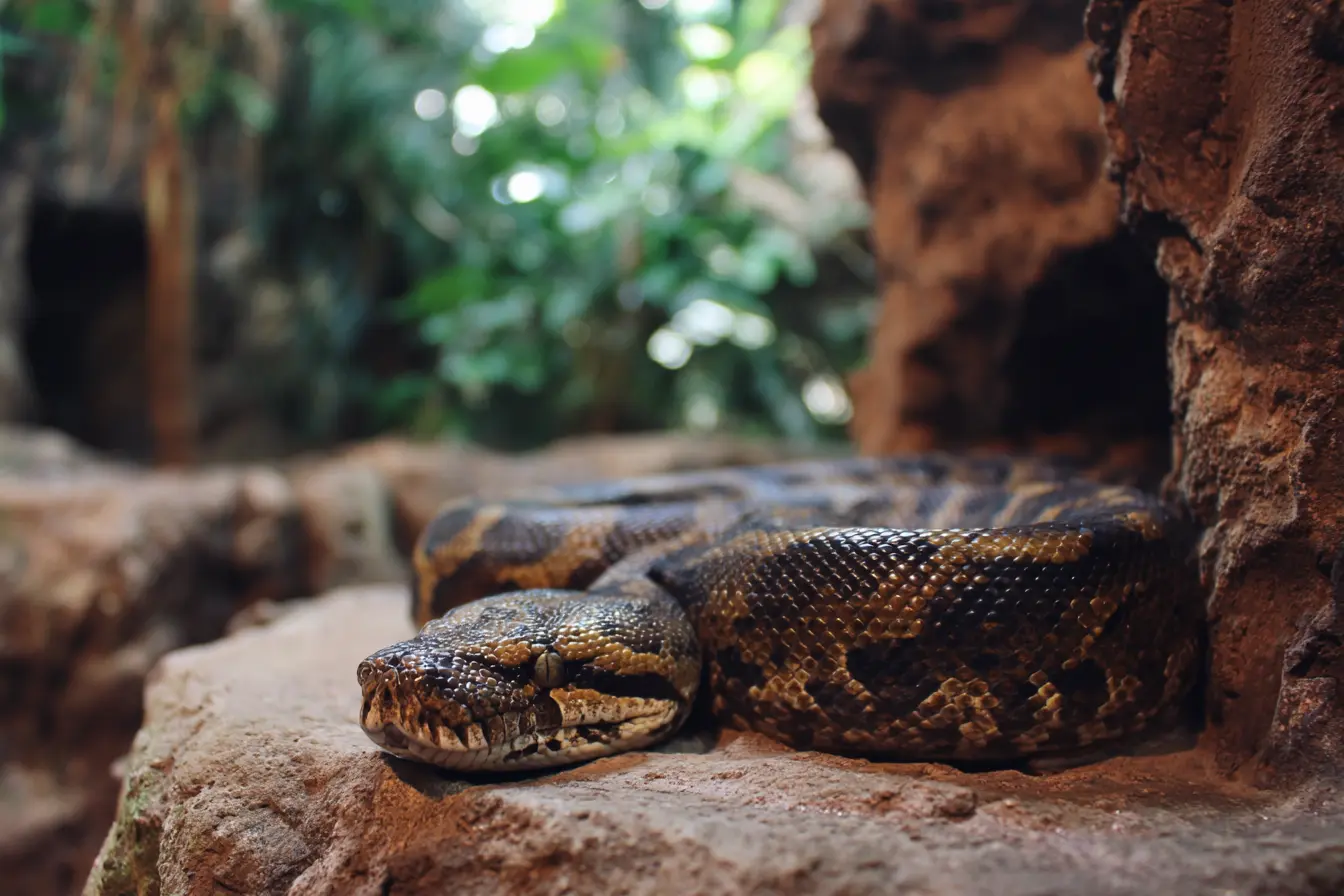
The Ultimate Guide to Storing and Keeping Feeder Insects for Reptile Owners
When it comes to feeding reptiles, many species rely heavily on live insects as part of their diet. However, keeping these feeder insects healthy and well-maintained is essential to ensure your reptile receives the maximum nutritional benefits. Proper insect storage not only keeps your feeders alive and healthy for longer but also prevents waste and saves you money.
In this guide, we’ll cover how to store and care for common feeder insects, such as crickets, mealworms, superworms, and dubia roaches, to make sure they remain in optimal condition until feeding time.
Why Proper Insect Care is Important
Feeder insects are only as nutritious as their diet and condition. If you buy insects and keep them in poor conditions, they may lose nutritional value, become dehydrated, or even die. By keeping them healthy, you:
- Ensure your reptile receives maximum nutritional value.
- Prevent illnesses or injuries from feeding unhealthy or dying insects.
- Avoid waste by extending the lifespan of your feeder insects.
How to Keep Common Feeder Insects
Each type of feeder insect has different requirements for temperature, humidity, and diet. Here’s a breakdown of how to care for the most common ones:
1. Crickets
Crickets are among the most popular feeder insects for reptiles, but they can be tricky to keep alive without proper care.
Housing:
- Use a well-ventilated container such as a plastic bin or cricket keeper.
- Provide egg cartons or paper towel rolls for hiding spaces.
Temperature:
- Keep at 22-26°C (72-78°F).
- Avoid extreme heat or cold, as it will kill them quickly.
Diet:
- Provide fresh vegetables like carrots, sweet potatoes, and leafy greens.
- Use a commercial cricket feed or dry gut-load mix as a base.
- Avoid offering mould-prone foods like fruit for long periods.
Hydration:
- Use water crystals or a damp sponge—never a water dish, as crickets drown easily.
Cleaning:
- Remove dead crickets daily and clean the container weekly to prevent mould and bacteria build-up.
2. Mealworms
Mealworms are hardy and relatively easy to store, making them a favourite for many reptile owners.
Housing:
- Keep mealworms in a plastic container with a few centimetres of substrate made from oats or bran.
- They do not require a lid as long as the container walls are smooth and tall enough to prevent escape.
Temperature:
- Store at around 10-15°C (50-59°F) for long-term storage. This will slow their growth and prevent them from pupating.
- For faster growth and active mealworms, keep them at room temperature (21-24°C or 70-75°F).
Diet:
- Fresh vegetables such as carrots, sweet potatoes, and leafy greens will keep them hydrated and nourished.
Cleaning:
- Sift the substrate weekly to remove waste and dead worms.
3. Superworms
Superworms are similar to mealworms but require slightly different care since they should not be refrigerated.
Housing:
- Use a plastic container with a bran or oatmeal substrate.
- Provide small hiding places like pieces of egg carton.
Temperature:
- Maintain at 21-26°C (70-78°F).
- Do not refrigerate, as it will kill them.
Diet and Hydration:
- Offer fresh vegetables such as carrots and greens.
- Replace any uneaten food every 2-3 days to prevent mould.
4. Dubia Roaches
Dubia roaches are a highly nutritious and easy-to-care-for feeder insect. They are also less noisy and smelly than crickets.
Housing:
- Use a plastic bin with a secure lid and ventilation holes.
- Provide egg cartons for climbing and hiding.
Temperature:
- Keep between 24-30°C (75-86°F) for optimal health and breeding.
- A heating pad or ceramic heat emitter may be necessary if room temperature is too low.
Diet:
- Feed a high-quality roach chow or gut-load diet.
- Supplement with fresh fruits and vegetables like apples, carrots, and greens.
Hydration:
- Use water crystals or fresh vegetables for hydration.
Cleaning:
- Remove uneaten food and waste weekly to maintain a healthy environment.
General Tips for Insect Storage
- Avoid Overcrowding: Overcrowded insects are more likely to die from stress, disease, or lack of resources. Provide enough space for each species.
- Prevent Escapes: Ensure all containers are escape-proof, especially for active species like crickets.
- Monitor for Illness or Parasites: Remove any dead or sick insects immediately to avoid spreading disease.
- Keep Away from Direct Sunlight or Freezing Conditions: Extreme temperatures can kill insects quickly.
When to Feed Your Reptile
For optimal nutrition, feed your insects a nutritious diet (gut-loading) for at least 24-48 hours before offering them to your reptile. This ensures they are packed with essential nutrients your pet needs. Avoid feeding insects that have not been gut-loaded or are weak and dying.
Conclusion
Keeping feeder insects healthy is a crucial part of caring for your reptile. By providing the right environment, diet, and care for each species, you can ensure your feeders remain nutritious and viable for longer. Not only will this improve your reptile’s health, but it will also save you time and money in the long run.
Remember, healthy insects lead to healthy reptiles!
Related Vets
Vets near you
Speciality vets
- Aquatics vet specialists
- Birds vet specialists
- Camelids vet specialists
- Cats vet specialists
- Cattle vet specialists
- Deer vet specialists
- Dogs vet specialists
- Equines vet specialists
- Exotic vet specialists
- Goats vet specialists
- Pigs vet specialists
- Poultry vet specialists
- Sheep vet specialists
- Small Mammals vet specialists
- Wild vet specialists











